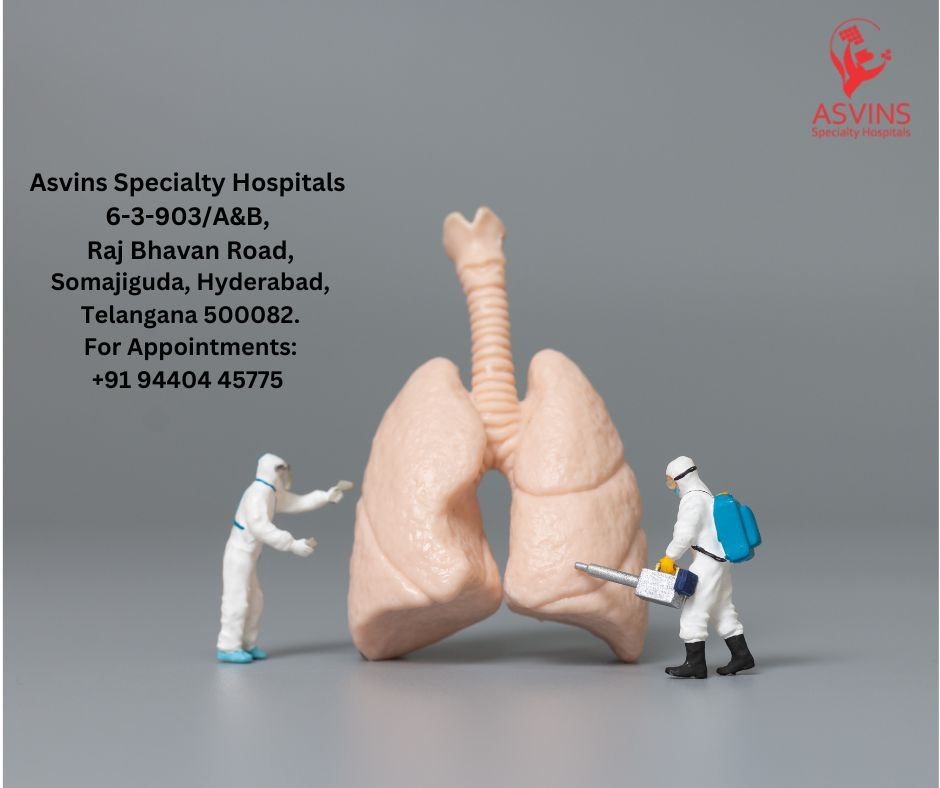Chemotherapy is a cornerstone of lung cancer treatment, offering hope and improved outcomes for many patients. In this article, we explore the role of chemotherapy in managing lung cancer and what patients can expect during their treatment journey.
What is Chemotherapy for Lung Cancer?
Chemotherapy is a systemic treatment that uses drugs to target and kill rapidly dividing cancer cells. It is a valuable tool in the fight against lung cancer and can be used in various stages and types of the disease.
Goals of Chemotherapy
Curative: In some cases, chemotherapy can be curative, especially when used as part of a multimodal treatment plan for early-stage lung cancer.
Palliative: For advanced-stage lung cancer, chemotherapy can help manage symptoms, slow cancer progression, and improve the patient’s quality of life.
Administration
Chemotherapy drugs for lung cancer can be administered orally (in pill form) or intravenously (through a vein). The choice depends on the patient’s specific condition and treatment plan.
Side Effects
Common side effects of chemotherapy for lung cancer may include fatigue, nausea, vomiting, hair loss, and changes in blood cell counts. However, advancements in supportive care have helped mitigate these side effects.
Combination Therapies
Chemotherapy is often used in combination with other treatments like surgery, radiation therapy, targeted therapy, or immunotherapy to maximize its effectiveness.
Personalized Approach
Advancements in precision medicine have led to the development of targeted therapies that specifically target genetic mutations in lung cancer cells, offering a more personalized and effective treatment approach.
It’s important for lung cancer patients to work closely with their healthcare team to determine the most suitable treatment plan, considering factors like cancer stage, type, and overall health. Chemotherapy remains a powerful weapon in the fight against lung cancer, offering hope and improved quality of life for many individuals.

